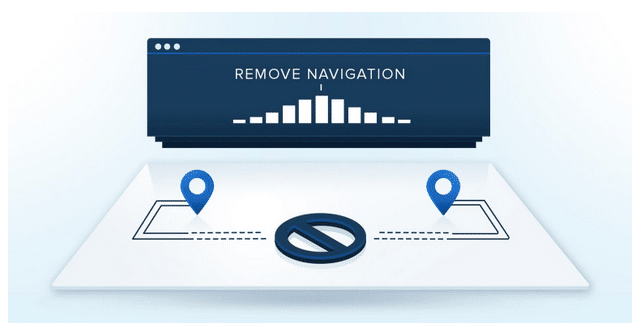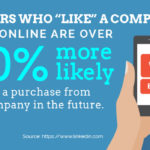Landing pages funnel visitors from email and social media to a place where offers and services reside. It’s extremely important to have a good landing page that help your visitors navigate your business services, understand what your company offers, and discover other information that is helpful to them.
Need advice on building a killer landing page? Keep reading to learn why you need landing pages, how a landing page works, and how to build one. You can also explore some examples of elements that make a landing page successful.
Define the Purpose of Your Landing Page
A landing page exists to explain services and make conversions. All departments within your company should have their own landing page on your company website. Let’s say that you run an insurance company. On your website, you will want a landing page for each of the following:
- Underwriting department
- Accounting department
- Policy issue and administration department
- Claims department
- Legal and audit department
- Actuarial and statistical department
With each department having its own landing page, this helps site visitors easily find the content they need. It also keeps the structure of your site nice and neat, providing a good user experience.
All of your social media, email marketing, content marketing, visual content marketing, and any other marketing campaign should serve to funnel potential customers toward your landing page. From here, information about your company/services/contact info, etc. should be presented to users. Essentially, landing pages are the last stop for marketing campaigns and are used to facilitate conversions (whether that be email subscriptions or transactions).
You can achieve three pertinent goals with landing pages:
- Increase conversions
- Generate leads
- Collect data
When used strategically, landing pages can help you lower your lead acquisition cost while increasing conversions. A landing page has a single objective that focuses solely on an intended action. Let’s say that you want to grow your email list. You can create a landing page that focuses directly on getting site visitors to sign up for your email list.
A great way to understand the importance of a landing page is to compare it to your homepage. Your homepage has a more general feel. It simply highlights your brand, what you do, and provides links to many other parts of your website. A landing page, however, has a specific goal in mind. If you have a page on your site that doesn’t focus on a specific goal, then you should probably remove it.
Now that you understand why you need landing pages, it’s time to learn how to create them.
Incorporate SEO Into Your Landing Page Design
When creating a landing page, you should pay close attention to SEO. The goal is to optimize the page so that it secures higher rankings on search engines. To do this, you need to pay close attention to page loading speed, user experience, alt text/coding, keywords, calls-to-action, and more. Here’s a closer look at how these elements impact the SEO of your landing page.
Page Loading Speed
Google takes page loading speeds very seriously. In fact, it is a crucial signal used by Google and its algorithms to determine the ranking of web pages. To improve your page load speed, you can optimize caches, trim down JavaScript parsing, do away with redirects, and minimize JavaScript and CSS.
User Experience
Google also takes into account how user-friendly your site is. If it’s hard to navigate, then this hurts the user experience. This is why it’s so important to ensure each landing page has a good layout. To further improve the user experience on landing pages, you should simplify and shorten forms, consider UX writers over content writers, use visuals to enhance the aesthetics of your content, and display products so they are clear to see with easy-to-read, short descriptions that are accompanied with a price.
The image below is a landing page with a good layout. It has visuals to enhance the aesthetics and make it easy for the audience to understand what action they should take.
 Alt text/coding
Alt text/coding
Alt text and coding are paramount to good rankings. You should include alt attributes on any images that you include on landing pages, as well as ensure that all pages have meta descriptions, tags, and unique slugs.
 Keywords
Keywords
Each landing page should have a singular focus keyword. Don’t target the same keyword on different landing pages. You should use the focus keyword in your content anywhere from three to five percent of the time and include it in at least one image alt text, tag, slug, page title, and in meta description.
Calls-to-action
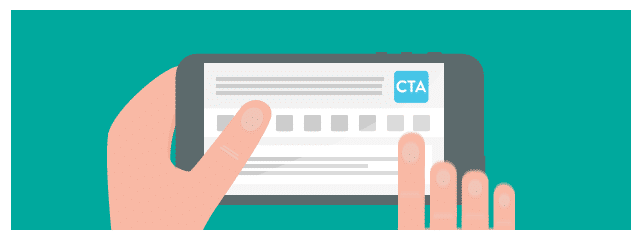
 Integrate Branding
Integrate Branding
Your landing pages provide the perfect opportunity to establish branding. One of the best ways to establish branding is by getting your site ranked for relevant keywords with high search volumes. Of course, you want to avoid keyword stuffing, but with a solid keyword strategy, you can establish branding through high search engine rankings. You can also establish branding through proper use of your logo, brand colors and typography.
Use Interactive Content on Your Landing Page
Always strive to include interactive content on landing pages. To build interactive content, you can partner with a company like IGW that serves as a full-service marketing solution. IGW can help you create explainer videos, which have been shown to increase conversion rates. And by having professionals help compose the videos, this alleviates the stress of trying to create explainer videos in-house.
IGW can also help you with the creation of interactive infographics. We’ve helped numerous brands like the Shell Foundation and the Embassy of Spain create interactive infographics that engage the audience and push leads through the conversion funnel.
One of the top reasons to use content with images on landing pages is because they can receive 94% more views than text-only content alone. This means that with visual content, you increase traffic to your website, particularly to pages on your site that are known for increasing conversions.
Make Your Landing Page Easy to Navigate
User experience is vital to landing pages. Site owners may want to rethink putting navigation bars on their landing page, as they only lead the visitor away from the conversion page and can be seen as annoying or just an extra step toward making a transaction. Navigation bars work well on a homepage (as it serves as a hub for other pages), but on landing pages, they may test a customers’ attention span.
Include Visible Social Sharing Buttons
Social media marketing is vital to any marketing strategy. With billions upon billions of people using social media, it only makes sense that you should target your audience on different social platforms.
You can do this by adding social sharing buttons to your landing page. However, make sure you don’t add too many. You don’t want to distract your audience from your main call-to-action, which is to sign up for an email list, buy a product, or fill out a form. Adding Facebook, Twitter and Google+ social sharing buttons are enough to help you establish social proof through landing pages without causing distractions that lower your conversion rates.
Use Meaningful Calls-to-Action
All of your conversion forms should be short and easy to use. You may want to consider the different types of conversion buttons as well. In a lot of instances, a hard call-to-action won’t be acceptable to present on a landing page. Instead, you want a soft call-to-action that is very simple to understand and follow through with.
Are you reading to create killer landing pages that increase conversions? If so, you’ll definitely need quality visual content to feature on the pages. Contact IGW now to speak with visual marketing professionals about adding visual content to your landing pages.
Also feel free to Review Infograph

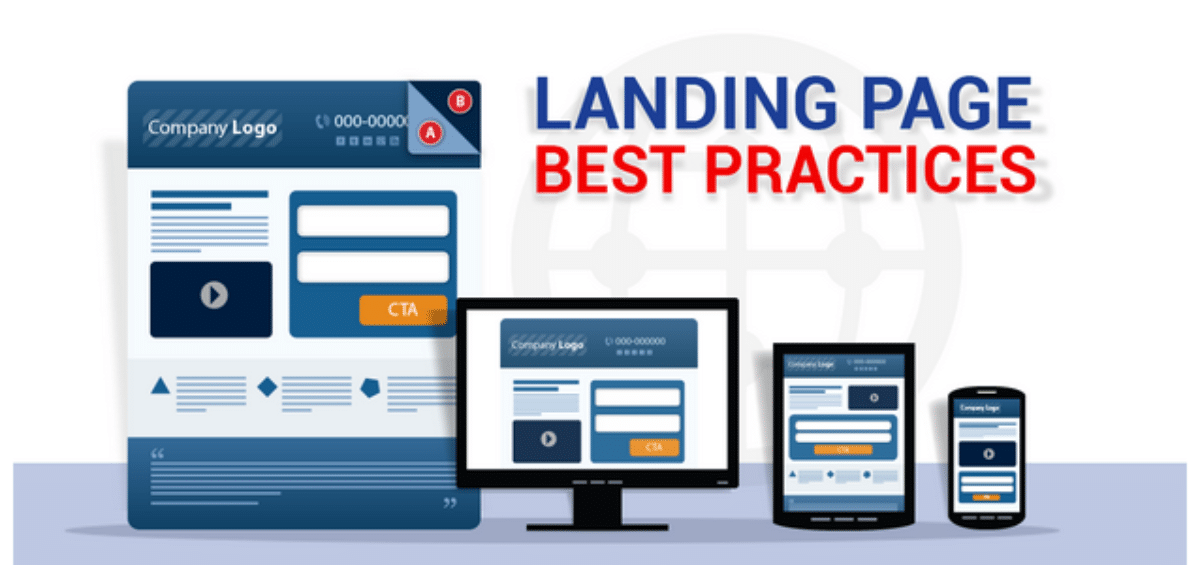
 Alt text/coding
Alt text/coding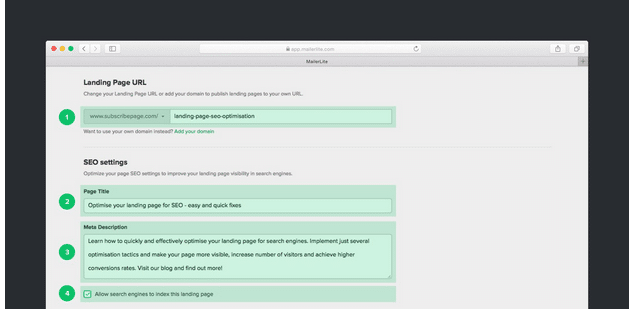 Keywords
Keywords Integrate Branding
Integrate Branding